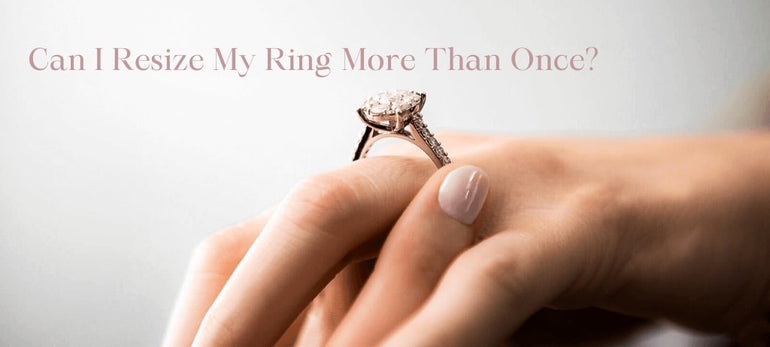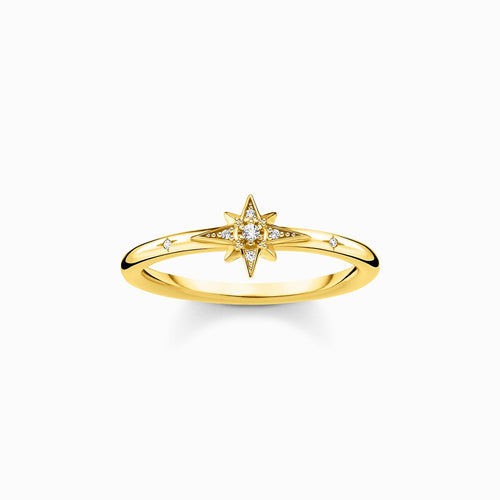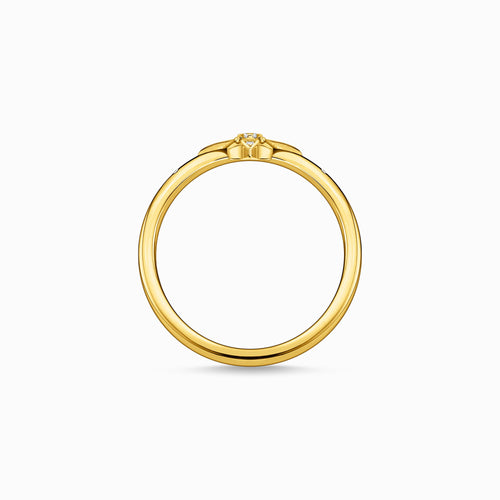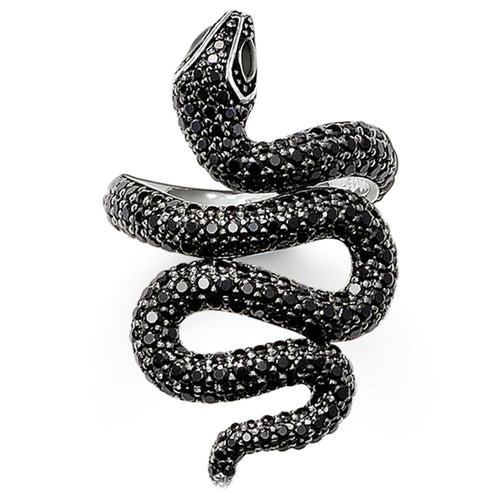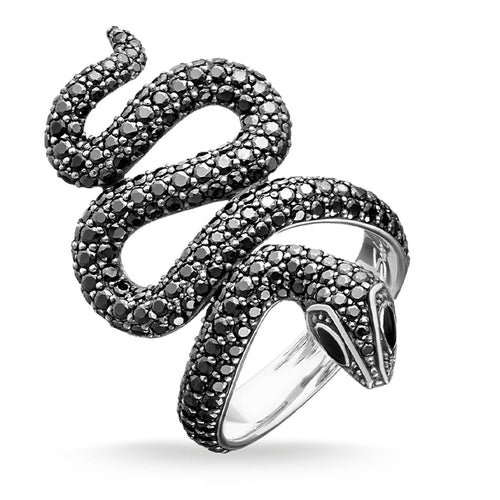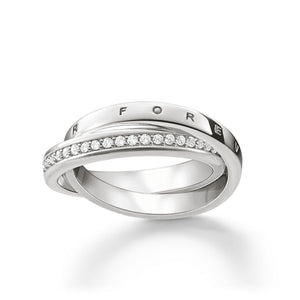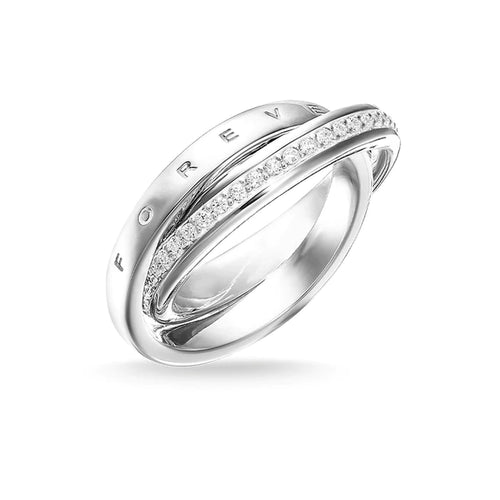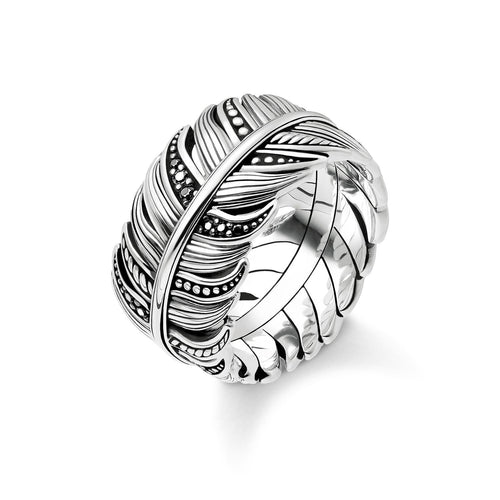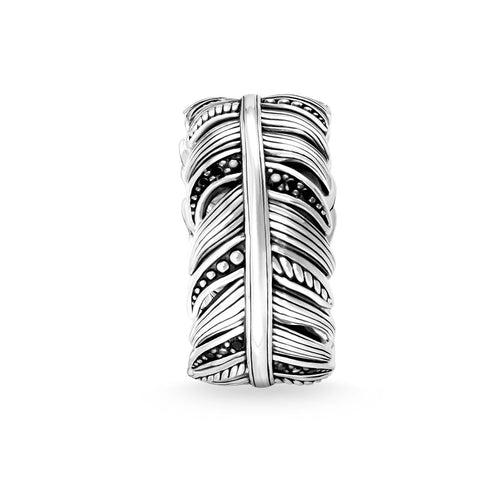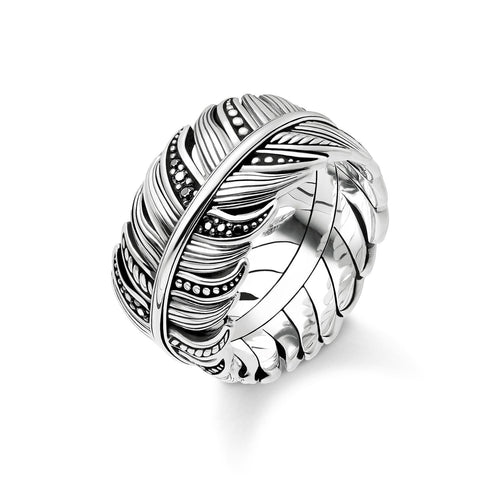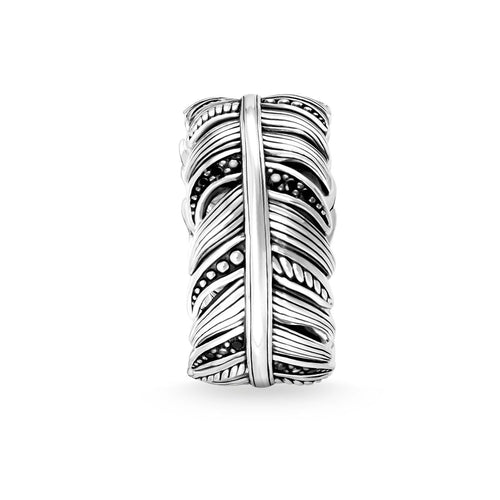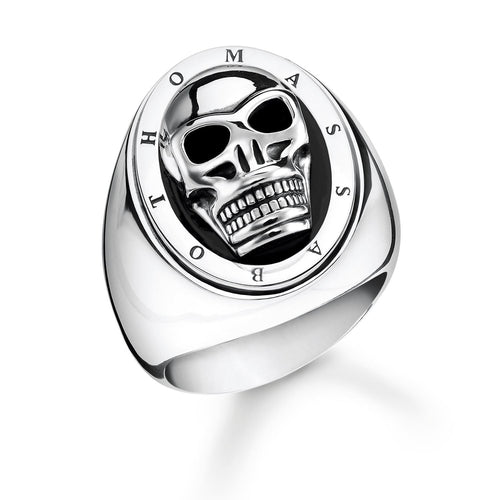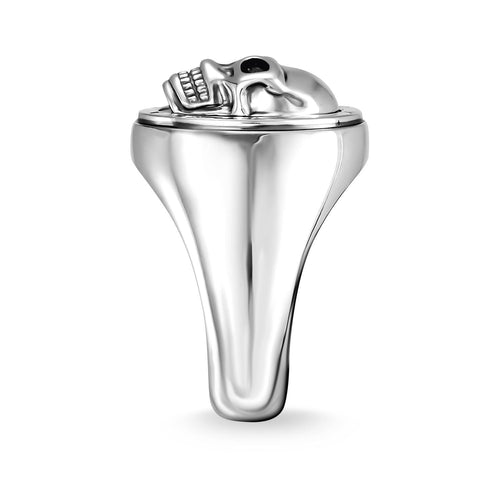Ring resizing is an essential service for those who have experienced changes in their finger size due to various reasons such as weight gain or weight loss. Whether it's an engagement ring, wedding ring, or diamond ring, ensuring the perfect fit is crucial for both comfort and security. Many wonder, "Can I resize my ring more than once?" This comprehensive guide will explore the intricacies of multiple ring resizings, the potential risks involved, and the best practices for maintaining the structural integrity of your cherished jewelry.
Key Takeaways
-
Resizing a ring more than once is possible but requires careful consideration.
-
Choosing a reputable jeweler ensures the safety and longevity of your ring.
-
Regular maintenance can help preserve the ring's shank and setting.
This article aims to provide all the necessary information to make informed decisions about resizing your ring.
Can I Resize My Ring More Than Once?
Resizing a ring isn't just about a new size or making it fit better; it's about preserving the beauty and integrity of your cherished piece. But what if your finger size changes again? Can you resize your ring more than once? The answer is yes, but there are several factors to consider.
Detailed Explanation of Multiple Resizings
When it comes to resizing, rings can typically be adjusted multiple times, but it depends on the type of metal and the design. For instance, gold and silver rings are more malleable and can be resized more easily compared to platinum. Engagement rings and wedding rings often have intricate designs and gemstones, making the resizing process more delicate.
Here are some points to consider:
-
Material: Gold and silver are easier to resize than platinum.
-
Design: Intricate designs and loose stones can complicate the process.
-
Initial Size: The closer the ring is to your original size, the easier it is to resize.
Factors Affecting the Number of Times a Ring Can Be Resized
-
Type of Metal: Gold, silver, and platinum have different levels of malleability. Gold can be resized more frequently, while platinum is harder to work with.
-
Design and Setting: Rings with complex designs or multiple diamonds and gemstones need careful handling. The more detailed the design, the more challenging the resizing.
-
Wear and Tear: Regular wear can affect the ring's structural integrity. Over time, resizing can weaken the ring's shank.
-
Amount of Resize: Changing a ring by several sizes can strain the metal, especially if it’s done multiple times. It's easier to make small adjustments rather than large ones.
Potential Risks and Considerations
Resizing a ring more than once does come with risks. Each time a ring is resized, it can potentially weaken the metal, affecting the structural integrity. Here are some potential risks:
-
Weakening of the Metal: Frequent resizing can lead to the ring becoming brittle and prone to breaking.
-
Stone Security: Adjusting the size can loosen the settings, especially for diamond rings and engagement rings, risking the loss of precious stones.
-
Loss of Original Design: Multiple resizings can distort the original design and shape, especially for intricately designed pieces.
Ensuring Success with Multiple Resizings
To minimize risks, always work with a professional jeweler. A reputable jeweler can assess your ring and provide the best advice on whether it can be resized multiple times without compromising its integrity. They will also ensure that the new ring still maintains its correct size and shape.
-
Choose a Trusted Jeweler: Ensure your jeweler has experience with multiple resizings.
-
Regular Maintenance: Regular check-ups can help maintain the ring's integrity.
-
Consider Alternatives: If resizing is not an option, resizing inserts or guards can be a temporary solution.
In conclusion, while you and most jewelers can resize your ring more than once, it’s crucial to consider the type of metal, the design, and the potential risks. Working with a skilled jeweler ensures that your ring remains beautiful and intact through each resizing process.
Ring Resizing Techniques
When it comes to ring resizing, there are several techniques that a professional jeweler might use. Each method has its pros and cons, and the choice depends on many factors, like the type of metal, the presence of stones, and the overall design of the ring. Let’s dive into the different methods used for resizing rings and their impact on the ring's integrity and appearance.
1. Cutting and Soldering
One of the most common techniques is cutting and soldering. This method involves:
-
Cutting the ring’s shank to either add or remove a piece of metal.
-
Soldering the ring back together to the desired size.
Pros:
-
Precise adjustment to the ring size.
-
Effective for gold, silver, and platinum rings.
Cons:
-
Potential weakening of the ring’s shank.
-
Visible solder lines if not polished well.
2. Stretching
Stretching involves:
-
Expanding the metal to increase the ring’s size.
Pros:
-
No need to cut the ring, preserving the original shape.
-
Works well for simple bands without stones.
Cons:
-
Limited to small size increases.
-
Risk of thinning the metal, affecting the ring’s integrity.
3. Compression
Compression is the opposite of stretching:
-
Compressing the metal to make the ring smaller.
Pros:
-
Keeps the ring’s design intact.
-
Suitable for plain bands.
Cons:
-
Only works for minor size reductions.
-
Can alter the ring's shape if not done carefully.
4. Adding a Bridge
For rings with complex designs or stones, adding a bridge to one ring can be a good option:
-
Inserting a small piece of metal to increase the size.
Pros:
-
Less intrusive for intricate designs.
-
Maintains the ring’s aesthetic appeal.
Cons:
-
More expensive and time-consuming.
-
Requires a skilled jeweler to ensure a seamless appearance.
Choosing the right resizing technique for sizing rings is crucial to ensure your ring retains its correct size, shape, and structural integrity. Always consult with a trusted jeweler to determine the best method for your specific ring. They can guide you through the resizing process, ensuring your engagement ring, wedding ring, or diamond ring remains as beautiful and secure as ever.
Engagement Ring Resizing
Resizing an engagement ring is a delicate process that requires special consideration. Unlike simple bands, engagement rings often feature intricate designs, diamonds, and other gemstones. Ensuring the ring resized maintains its beauty and structural integrity is crucial.
Special Considerations for Resizing Engagement Rings
-
Design Complexity: Many engagement rings have elaborate settings and multiple stones. Resizing these rings requires precision to avoid damaging the intricate work.
-
Metal Type: The type of metal used in your engagement ring affects the resizing process. Gold and silver are easier to resize, whereas platinum requires more skill due to its hardness.
-
Stone Placement: Stones set around the band or in a halo setting can complicate the resizing. The jeweler must ensure that resizing does not loosen these stones.
Ensuring the Safety of Stones and Settings
-
Check for Loose Stones: Before resizing, ensure no loose stones. A professional jeweler will inspect and secure them if necessary.
-
Secure the Setting: The jeweler must carefully adjust the setting to maintain the ring's integrity and avoid losing any diamonds or gemstones.
-
Proper Technique: Techniques like cutting and soldering or adding a bridge can help preserve the ring's shank and overall structure.
Emotional and Sentimental Aspects
An engagement ring is more than just jewelry; it holds immense emotional and sentimental value. This makes the decision to resize a ring even more significant. Ensuring the correct size without compromising the ring’s beauty is paramount.
-
Consult a Trusted Jeweler: Working with a reputable jeweler ensures the ring is handled with the utmost care. They have the expertise to resize without compromising the ring's size or integrity.
-
Preserve Memories: Maintaining the original size and shape as much as possible helps preserve the memories associated with the engagement ring.
-
Regular Maintenance: After resizing, regular check-ups can help maintain the ring's integrity and catch any issues early.
Resizing an engagement ring involves both technical skill and emotional sensitivity. Always choose a trusted jeweler to ensure your ring retains its beauty and sentimental value.
Professional Jeweler Insights
Choosing a reputable jeweler is crucial when it comes to ring resizing, especially if you're wondering, for example, "Can I resize my ring more than once?" A professional jeweler ensures that your ring resized maintains its beauty and structural integrity.
Importance of Choosing a Reputable Jeweler
-
Expertise: A professional jeweler has the skills to handle the resizing process meticulously, ensuring the ring's shank and stones are secure.
-
Quality Assurance: They use high-quality materials and techniques, preventing issues like loose stones or a weakened ring's integrity.
-
Experience with Various Rings: From engagement rings to wedding bands and diamond rings, experienced jewelers can handle different types of ring resizing.
How to Find a Trusted Professional
-
Research and Reviews: Look for reviews and testimonials online. Sites like Yelp and Google Reviews can give you insights into other customers' experiences.
-
Certifications: Check if the jeweler has certifications from recognized institutions like the Gemological Institute of America (GIA).
-
Word of Mouth: Ask friends and family for recommendations. Personal referrals are often the best indicator of a jeweler’s reliability.
Questions to Ask Your Jeweler
-
Experience: "How many years have you been resizing rings?"
-
Process: "Can you explain the resizing process for my engagement ring?"
-
Materials: "What materials will you use for resizing?"
-
Safety of Stones: "How will you ensure the stones and setting remain secure during the resizing?"
-
Multiple Resizings: "Can I resize my ring more than once, and what are the risks involved?"
Choosing a trusted jeweler ensures that your ring is in the jewelers' good hands, whether you're resizing it for the first time or the fifth. Their expertise and attention to detail make all the difference in preserving your precious jewelry.
Maintenance and Care Post-Resizing
After getting your ring resized, it's essential to care for it properly to maintain its beauty and structural integrity. Whether it's an engagement ring, wedding band, or a treasured diamond ring, proper maintenance ensures it continues to fit perfectly and sparkle brilliantly.
How to Care for Your Resized Ring
-
Regular Cleaning: Keep your ring clean by gently washing it with warm soapy water and a soft brush. Avoid harsh chemicals that can damage the metal and stones.
-
Storage: Store your ring in a soft pouch or lined jewelry box to prevent scratches and damage. Keeping it separate from other jewelry helps maintain its shape and shine.
-
Handling: When taking off your ring, handle it by the band rather than the stones or setting to avoid loosening the gems.
Signs That Your Ring May Need Resizing Again
Changes in your finger size due to weight gain or weight loss can affect how your ring fits. Here are signs that you might need to consider ring resizing again:
-
Tight Fit: If the ring is too tight and leaves marks on your finger, it may need to be resized to a larger size.
-
Loose Fit: If the ring spins around your finger or easily slides off, it may need to be resized to a smaller size.
-
Discomfort: Any discomfort while wearing your ring is a clear sign that resizing might be necessary.
Regular Maintenance Tips
-
Annual Check-ups: Schedule annual visits to your trusted jeweler for inspections and professional cleanings. They can check for loose stones and ensure the ring's integrity.
-
Check for Damage: Regularly inspect your ring for signs of wear and tear, such as bent prongs or a thinning shank.
-
Avoid Harsh Activities: Remove your ring during activities that could cause damage, such as heavy lifting or working with chemicals.
Proper maintenance after the resizing process helps keep your ring in excellent condition. By following these tips and regularly visiting a professional jeweler, you can ensure your ring remains beautiful and fits comfortably, no matter right size or how many times you might need to resize it.
FAQs: Ring Resizing
1. Can I resize my ring more than once?
Yes, you can resize your ring multiple times, but it's essential to consider the ring's integrity and the type of metal. Gold and silver can handle more resizings than platinum.
2. What are the risks of resizing a ring multiple times?
Each resizing can potentially weaken the ring's original shank, and setting, especially if the ring has loose stones or an intricate design. Working with a professional jeweler minimizes these risks.
3. How do I know if my ring needs resizing again?
Look for signs like a ring size wrong, such as discomfort, the ring spinning on your finger, or difficulty removing it. Changes in finger size due to weight gain or weight loss are common reasons for needing a ring resize.
4. Can all rings be resized?
Most rings can be resized, but engagement rings, wedding rings, and diamond rings with intricate designs or many stones might require special care. It's best to consult with a reputable jeweler.
5. What is the best course of action if my ring feels too tight or too loose?
Visit a trusted jeweler to assess the situation. They can provide the best advice on whether a ring resizing is needed and how to proceed without compromising the ring's integrity.
Understanding these key points ensures that your jewelry repair your rings remain in top condition and fit perfectly, giving you peace of mind and lasting beauty.
Conclusion
Resizing a ring is more than just a practical adjustment; it’s about preserving the beauty and significance of your treasured piece. Whether it’s an engagement ring, wedding ring, or diamond ring, knowing the ins and outs of the resizing process is crucial. So, can you resize your ring more than once? Absolutely, but it’s important to consider the type of metal, design intricacies, and potential risks to the ring’s integrity.
Working with a professional jeweler ensures that your ring resized maintains its structural soundness and aesthetic appeal. They can guide you through the process, from initial ring sizing to addressing loose stones and ensuring the correct size. Regular maintenance and care are also key to keeping your resized ring in top condition.
Key Takeaways:
-
You can resize your ring multiple times, but always consult with a reputable jeweler.
-
Pay attention to signs that your ring might need resizing again, such as changes in finger size or discomfort.
-
Proper care post-resizing, including regular cleaning and inspections, helps maintain the ring’s integrity and beauty.
In summary, resizing a ring is a blend of art and science. By understanding the process and working with trusted professionals, you can ensure your ring remains a cherished part of your life, fitting perfectly through all of life’s changes. So, whether it’s your engagement ring resized or adjusting a wedding band, remember that expert care and attention to detail make all the difference.
Gift Ideas For You


